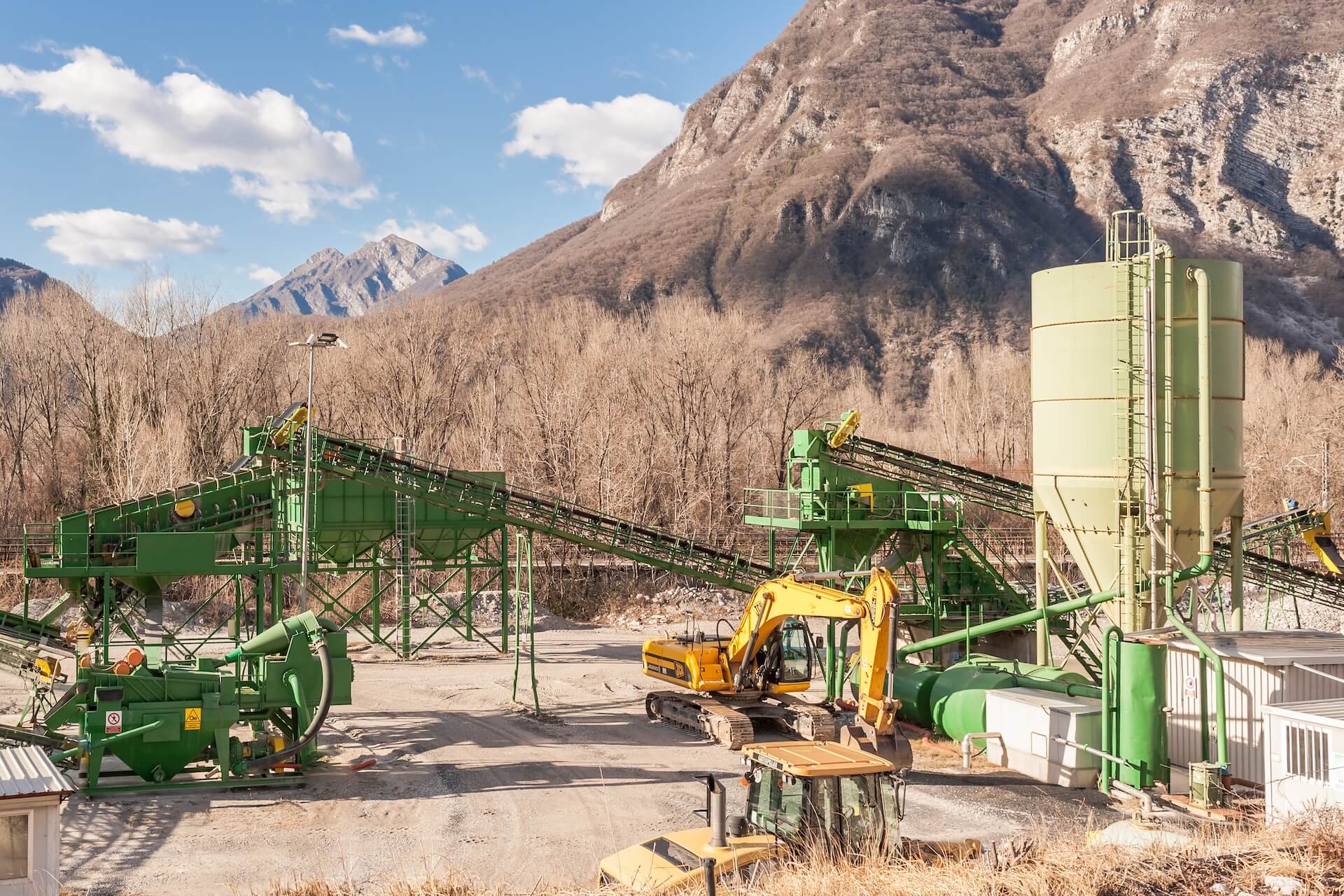
What is a Pugmill and Why is it Important?
Efficient material handling and blending are at the core of mining, quarrying, and large-scale construction. Projects in these industries depend on machinery that can process raw materials into uniform, specification-ready outputs. Among the most important machines for this task is the pugmill. For engineers, operations managers, and contractors, understanding what is a pugmill, how it works, and why it is essential highlights why it remains a cornerstone of modern resource processing.
Although pugmills are sometimes overshadowed by crushers, conveyors, or batching plants, they serve a unique role. By continuously mixing aggregates, tailings, binders, and moisture, pugmills transform raw inputs into safe, stable, and usable products at scale. Without them, tasks like mine backfilling, road base stabilisation, or recycled asphalt processing would be slower, less consistent, and more costly.
If you would like to explore options for a twin shaft concrete mixer or other professionally engineered equipment, give us a call on 07 3879 3288 or get in touch via our online form.
What is a Pugmill?
A pugmill is a continuous mixing machine designed to combine materials into a uniform mixture. When asking what is a pugmill, it can be described as a chamber with two counter-rotating shafts fitted with paddles or blades. These paddles knead, fold, and blend inputs such as aggregates, water, cement, or chemical additives into a consistent product.
Unlike batch mixers, pugmills are built for continuous operation. They accept a steady feed of raw material and discharge mixed material at the same rate, enabling large-scale processing with efficiency and minimal downtime.
What Does a Pugmill Do?
At its core, what does a pugmill do is straightforward: it mixes. But in practice, the role is more complex. Mining and quarrying operations often deal with challenging feedstocks that can be difficult to manage, such as fine tailings, clay-rich ores, or variable aggregates. A pugmill blends these with binders or stabilisers to create a predictable, manageable output.
In mining, a pugmill can mix tailings with cement to produce paste backfill. This material is pumped underground to stabilise voids, improving both safety and operational continuity. In quarrying, the machine might add controlled moisture to aggregates to prepare them for compaction in road base applications.
What is a Pug Mill Used For?
The answer to what is a pug mill used for varies, but applications include:
- Mining: Mixing tailings with binding agents for paste backfill, reducing environmental risks and supporting underground mine stability.
- Quarrying: Creating moisture-conditioning aggregates for road construction and mixing aggregates with bitumen or precoating agents for asphalt.
- Concrete and Civil Construction: Producing roller compacted concrete (RCC), cement-treated base (CTB), or foam bitumen stabilised blends.
- Recycling: Processing reclaimed asphalt pavement (RAP) by combining it with rejuvenators and binders for reuse in roads.
What is a Pugmill and Why Do They Matter?
Answering what is a pugmill is not just about its design. Its true value lies in the outcomes it enables, as consistency in material properties is critical for performance and safety. In mining, paste backfill prevents ground collapse, protecting both workers and equipment. In road construction, uniformly blended aggregates lead to longer-lasting pavements.
Pugmills also support efficiency. Their continuous operation allows them to keep pace with demanding schedules, processing hundreds of tonnes per hour depending on configuration. Designed to handle sticky clays, abrasive aggregates, or fine powders, they provide versatility across multiple sectors.
Environmental performance adds another dimension. By stabilising waste such as mine tailings or reclaimed asphalt, pugmills reduce disposal burdens. Instead of treating by-products as liabilities, they transform them into usable, specification-compliant materials.
Ready to Discover What Does a Pugmill Do?
So, what is a pug mill used for? In simple terms, it mixes. In practice, it transforms variable and sometimes problematic inputs into stable, reliable outputs that drive safety, compliance, and productivity. Whether blending mine tailings for backfill, conditioning quarry aggregates, or preparing recycled materials for reuse, pugmills remain a cornerstone of modern resource processing.
For more information or to discuss equipment solutions, contact our team on 07 3879 3288 or through our online form to get started with the industry-leading mining equipment manufacturers here at CMQ Engineering.



Sorry, the comment form is closed at this time.